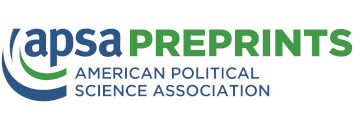Abstract
Political campaigns represent vibrant expressions of democracy, yet their large-scale
mobilisations frequently expose participants to significant safety hazards—structural,
electrical, vehicular, and crowd-related. Recent incidents, including the Karur rally disaster in
Tamil Nadu, have revealed systemic lapses in safety planning and inter-agency coordination
that demand urgent attention from both safety engineering and public policy perspectives. This
study extends safety engineering principles to the political domain by developing a conceptual
model—the H.A.R.M.O.N.Y. Framework (Hazard Analysis, Risk Mitigation, and Oversight
for Non-industrial Yields). Drawing from system safety literature, accident models such as
STAMP (Leveson, 2012), the Swiss cheese model (Reason, 1997), and contemporary risk
governance approaches, the framework provides a cyclical mechanism to anticipate, mitigate,
and learn from campaign-related accidents. The study concludes with strategic recommendations for institutionalising safety engineering as a mandatory
dimension of democratic process management, proposing a Safety Certification System
analogous to environmental clearances in industrial sectors.


![Author ORCID: We display the ORCID iD icon alongside authors names on our website to acknowledge that the ORCiD has been authenticated when entered by the user. To view the users ORCiD record click the icon. [opens in a new tab]](https://preprints.apsanet.org/engage/assets/public/apsa/logo/orcid.png)


